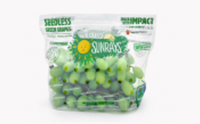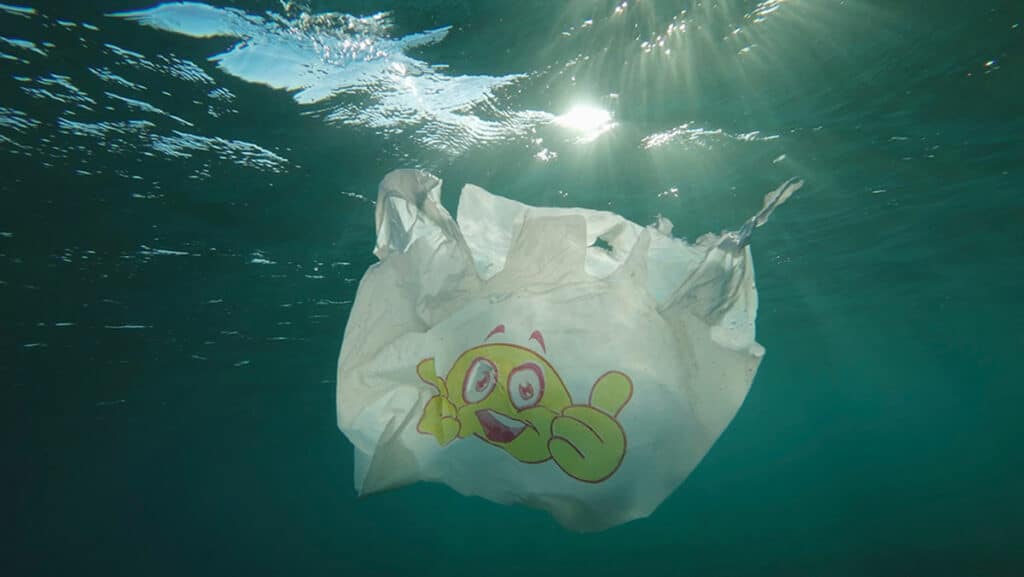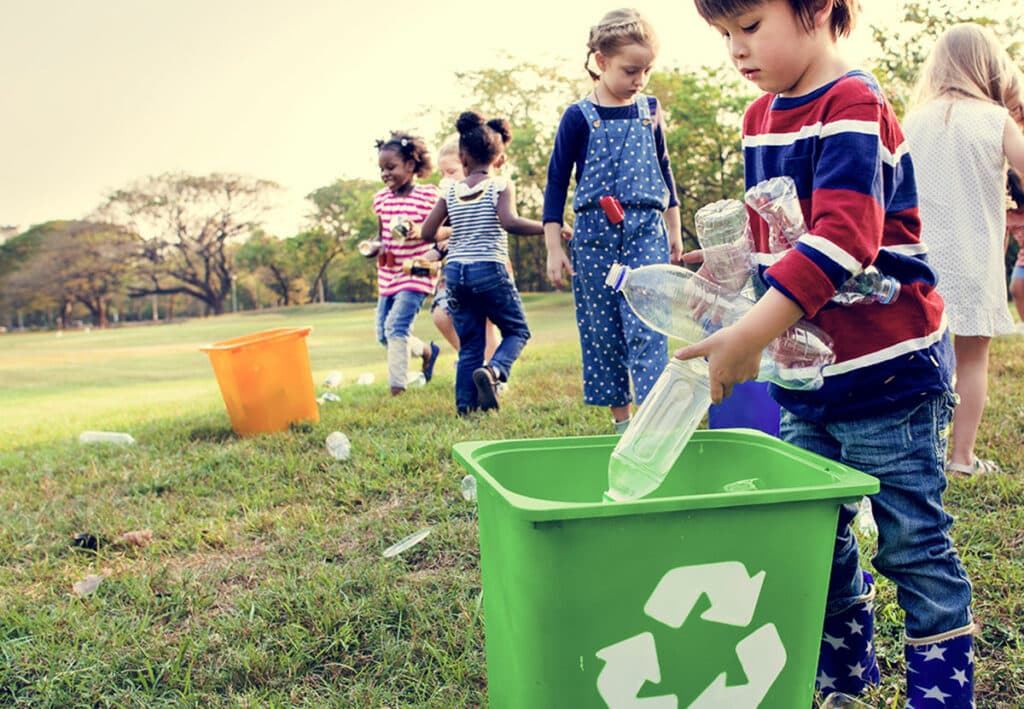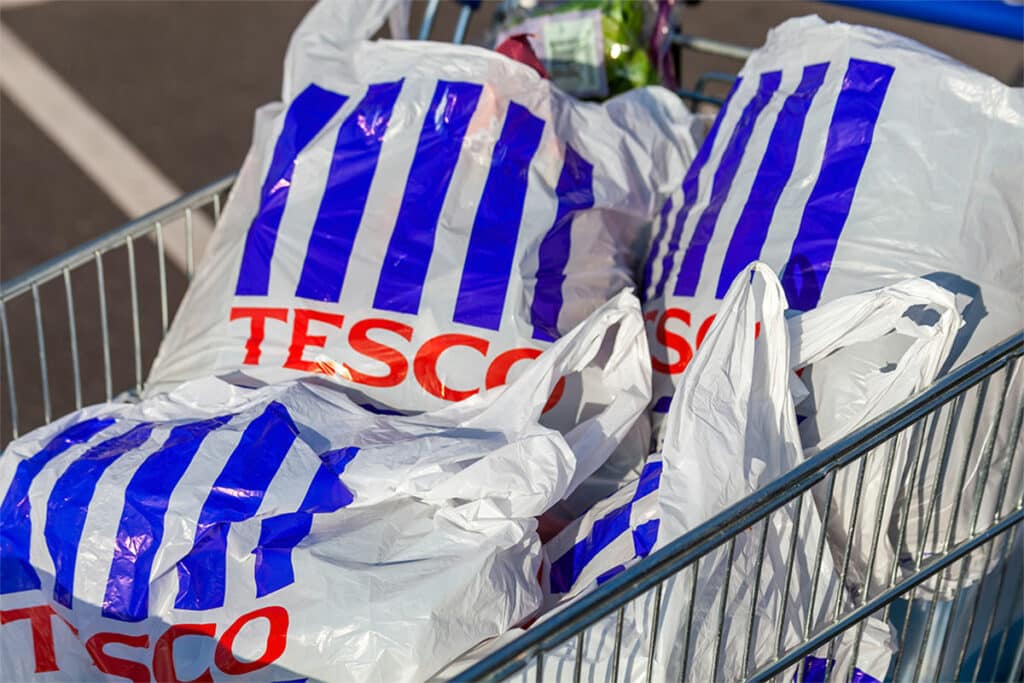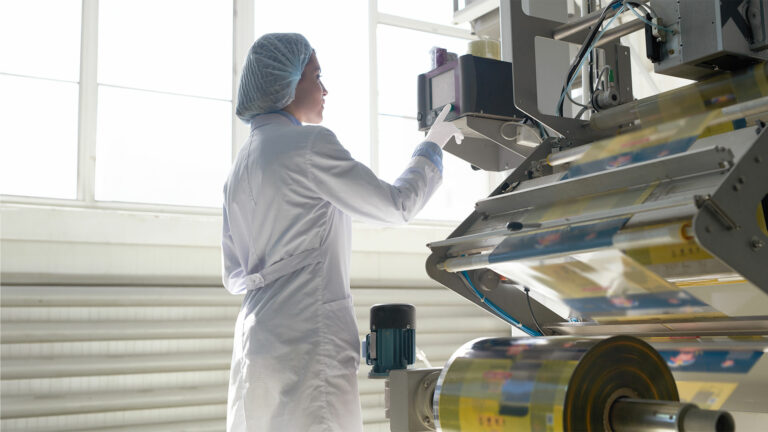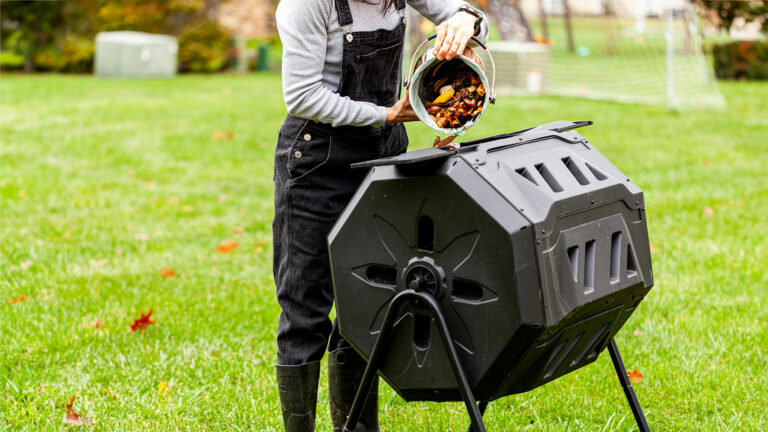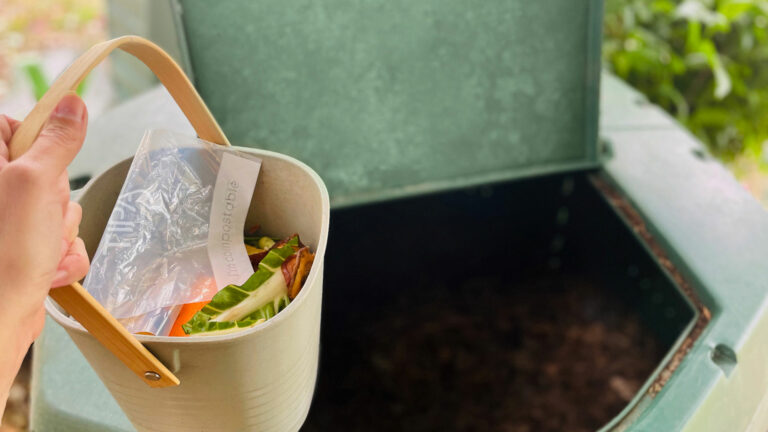“Plastic will be the main ingredient of all our grandchildren’s recipes.” ― Anthony T. Hincks, author.
My relationship with waste started about a decade ago; I worked as a spokesperson for an Israeli NGO that delivered surplus food to the poor and was based on an American model called table-to-table: every day, the NGO picked up perfectly good and healthy fruits, vegetables and cooked meals from farmers and institutes’ dining rooms that would otherwise be thrown away – and brought them to soup kitchens across the country.
In spite of knowing that one third of food grown and produced is discarded before it even reaches our plates, I wasn’t able to comprehend this number until I saw it at work, in the form of apples, carrots, and onions; large quantities of meat, rice and pasta, which were never touched but headed to the garbage, despite the fact that there were hungry people in Israel who would love to eat them.
In the immediate aftermath of this grasp, my family and I began to think more carefully about how much food we buy and cook – and what might end up in the garbage.
The table-to-table model is based on both social and environmental principles, as discarded food not only deprives those who need it, but also emits greenhouse gases as it decomposes in landfills; this is why I became more environmentally conscious about many other aspects of my life. That included recycling all plastics and paper, avoiding single-use tableware and reducing flexible plastic packaging, as much as possible. My kids became recycling savvy and practiced all the things they learned about it from kindergarten, school, scouts and television commercials. I was so proud of their knowledge – they knew so much about plastic pollution and how to distinguish various recycling bins.
We all learned that single-use plastics is a source of environmental degradation, pollution and waste; that around 380 million tons of plastic are produced yearly, with 50% of it being used for a single time purpose – consumed for just minutes and then discarded, illustrating our throwaway culture; that worldwide, production continues to grow as plastics gradually replace materials like glass and metal; that plastic consumption per capita has reached a monstrous amount of 100 kg in Western Europe and North America while Asia currently uses “only” 20 kg per person, but this figure is expected to grow there rapidly; that plastics take about 1,000 years to degrade in landfills, but even then they don’t completely disappear, but rather photodegrade, becoming microplastics that absorb toxins and pollute the environment – and our bodies.
In time, however, after gaining in-depth knowledge about both single-use plastics and recycling, I began wondering: is it really fair to put single-use plastics at the bottom of the barrel, the worst thing ever?
Is recycling the answer to plastic pollution?
Both my kids and I have been taught that recycling is the ultimate solution to the problem of single-use plastic; It is alleged that recycled materials would enable us to reduce waste and minimize the demand for virgin materials. A bottle made of recycled plastic, for instance, is considered better and “superior” to a regular single-use bottle, more environmentally friendly, since the product was reused. But superior comes with a price. why? Because the bottle you threw into the recycling bin must go a long way before it becomes the superior one you hold in your hand; from the bin to sorting to compression into bales to cleaning to layer separation to turning back to polymers again, sometimes zigzagging the globe before becoming this nice bottle you hold. Can this still be considered environmentally friendly, I wonder, considering the amount of energy it took?
Furthermore, a bottle can only be recycled once or twice, as every time it’s recycled, it’s downcycled, degrading the quality of the plastic. Therefore, even if we hadn’t spent so much energy on the recycling process, its reuse would simply delay its disposal in landfill, or worse – in the oceans.
The majority of people are unaware of all these facts, believing that by placing their plastics in the recycling bins, which are conveniently located on every street corner, they will magically turn into another product.
But in the past year, throughout the world, a trickle of skepticism turned into a flood of suspicion towards recycling, when two major soft plastic recycling programs collapsed: In March 2022 it was revealed that the plastic bags and wrappers that Tesco, the British supermarket chain, collected from its customers for recycling – weren’t recycled. Instead, they were stockpiled in western Poland, about 700 miles from London, where their disposal was much cheaper than in the UK; not only they weren’t recycled, but, to add insult to injury, they also emitted a large amount of methane during their long journey.
November of that year brought a sense of déjà-vu when it was revealed that soft plastics dropped off for recycling at supermarkets in Australia had been stockpiled for nearly 5 years by REDcycle, Australia’s largest plastic bag recycling program operators, after they lost the capacity to recycle them. Once again: plastic -1, planet – 0.
In both cases, it happened because everybody thought recycling these bags would be a piece of cake. Tesco even put it in its advertisement: “Recycling soft plastic shouldn’t be hard”; but recycling is hard: rigid plastics come in thousands of different types, each with different compositions and characteristics, that cannot be recycled together.
Soft plastic bags pose a greater, even impossible challenge, because they can be elastic, crinkly, colored, or metalized with a reflective coating. Hand-sorting each packaging is necessary so that it can be washed, shredded, melted, and filtered for impurities before being used to make new products. This is why only about 3% of soft plastic in the world is recycled. Because it is just hard.
Is stopping the use of flexible packaging the answer to plastic pollution?
I’m not arguing we need to diminish flexible plastic packaging from our lives; they are indispensable for functional reasons, such as keeping food fresh and clothes clean during shipping, extending products’ shelf lives, and serving as a ‘bulletin board’ for information about a product, such as its ingredients and allergies.
Fortunately, there is a solution, and surprisingly enough – it’s single use plastics. But not those that are tossed to the bin after use and then spend a lifetime in landfill or in the oceans, but ones that can change their shape and become a resource for people and the environment: compost.
Is compostable packaging the answer to plastic pollution?
I’m talking about compostable packaging – a simple solution for both the need for flexible packaging – and plastic pollution prevention. These packaging exhibit all the qualities of conventional plastic bags, such as flexibility, durability, and transparency, but under the right compost conditions, they turn into compost that can nourish the earth instead of polluting it.
So while the effectiveness of recycling flexible packaging is questionable, compostable packaging return to the soil without using any energy, once placed in the composter.
Thus, we will replace one polluting material with a nutrient-rich one, that will feed the Earth and its soil.
One critical question remains: what can be done to make compostables as successful and well-known as their recycled counterparts?
Here are a few suggestions:
- Policymakers should encourage more composting infrastructure, like curbside pickup of compostable waste, to make it easier for consumers to dispose of compostable plastics properly.
- Developing networks to efficiently deliver this compost to farmers, who can use it on their fields, is crucial.
- Compostable plastic companies can and should be a key way for producers to take responsibility for packaging waste, as more states are beginning to require it.
- Lastly, recycling has been promoted so effectively for over four decades; both government and private sectors have provided my children and me with everything we need to know about this topic. It is time to shake things up and invest the same energy in a less energy-consuming approach: composting. Let the commercials and school programming roll.









